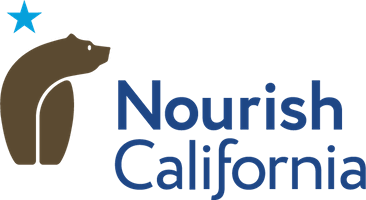We have good news to share! After more than two years of advocacy by state anti-hunger and older adult advocacy organizations, led by Nourish California, the USDA Food and Nutrition Service (FNS) approved the California Department of Social Services’ (CDSS) CalFresh Branch request to waive the annual periodic report for CalFresh households enrolled under the state’s Elderly Simplified Application Project (ESAP). This important policy change will reduce administrative barriers and improve access for over 600,000 households statewide. The State also received approval to extend this and other important ESAP policies through September 30, 2026.
CDSS made the official announcement at yesterday’s CalFresh Quarterly Stakeholders meeting. We will post the information from that meeting here once CDSS makes it available
Nourish California and our partners, including the California Association of Food Banks, San Francisco-Marin Food Bank, AARP-CA, Justice in Aging, and the CA Association of Area Agencies on Aging had called on CDSS to request the waiver of the periodic report, and applaud the Department for taking this step. We also thank federal administrators at FNS for their timely approval of the state’s request, which will ensure that the required policy automation can be completed on schedule.
Update 12.29.20
CDSS has published the All County Letter (ACL) implementing the ESAP waiver renewal, including the new waiver of the periodic report. You can read the ACL here.
Background
Hunger and poverty are persistent problems in California that are being exacerbated by the COVID-19 public health emergency. Before the crisis began there were more than 4.1 million low-income households affected by food insecurity, and the number of older Californians experiencing hunger continues to grow at an alarming rate. Based on data from the UCLA Center for Health Policy Research, nearly forty percent of low-income Californians over the age of sixty are food insecure — a 21 percent increase over the last 15 years. Food insecurity has significant negative impacts on older adults—particularly on their health. Older adults who are food-insecure are more likely to die of a heart attack, have depression, and face limitations in activities of daily living. Food insecurity therefore places an already vulnerable population at increased risk for more serious health and economic hardships from COVID-19.
As a proven positive public health intervention and powerful economic stabilizer, CalFresh has a critical dual role to play in California’s COVID-19 response and recovery efforts. Yet, California ranks last in the nation in enrolling eligible older adults in CalFresh.
In recent years, the state has made progress in its efforts to increase CalFresh enrollment among older adults, but has yet to implement certain promising policy options. Since October 1, 2017 California has participated in the federally-authorized Elderly Simplified Application Project (ESAP)Elderly Simplified Application Project demonstration project. The intent of the demonstration project is to simplify the application and reporting requirements for households composed solely of Elderly and/or Disabled members with no earned income. More than 500,000 California households have benefitted from ESAP certification. However, CDSS did not elect at the time to request a waiver of the interim annual report (known in CalFresh terminology as a SAR-7) for ESAP households assigned a 36-month certification period. The state’s recently submitted waiver request seeks to do so.
On August 3, 2020, in response to the continuing pandemic emergency, FNS issued guidance to states entitled Workload Management Best Practices for States. In that guidance, FNS highlighted the ESAP demonstration project, including waiver of the periodic reporting requirement, as an option routinely available to states to address workload. While California has already implemented some ESAP procedures, a waiver of the periodic reporting requirement for ESAP eligible households would not only help California address workload, but would also improve benefit access and retention for older adults and people with disabilities. An early extension of California’s current ESAP demonstration project is vital in order to fully realize the benefits of the demonstration project as highlighted by FNS.
At a time when CalFresh application volume remains elevated, causing significant strains on the eligibility workforce, supporting the County Welfare Department’s operational efficiency is paramount. Removing unnecessary and burdensome administrative tasks like the periodic report for ESAP households is a smart and cost-effective way to “do more with less” while simultaneously improving client customer service and outcomes.
What’s Next?
As the COVID-19 crisis continues to make clear, meeting the nutritional needs of low-income households is an urgent and ongoing need. Our 2021 Policy agendas will call for the bold actions state leaders should take to alleviate food insecurity during, and following the pandemic. We look forward to working with existing and new partners to cultivate policies that disrupt poverty, end hunger, and extend equitable opportunity to all.
Questions?
Contact Jared Call at 323.401.4972




